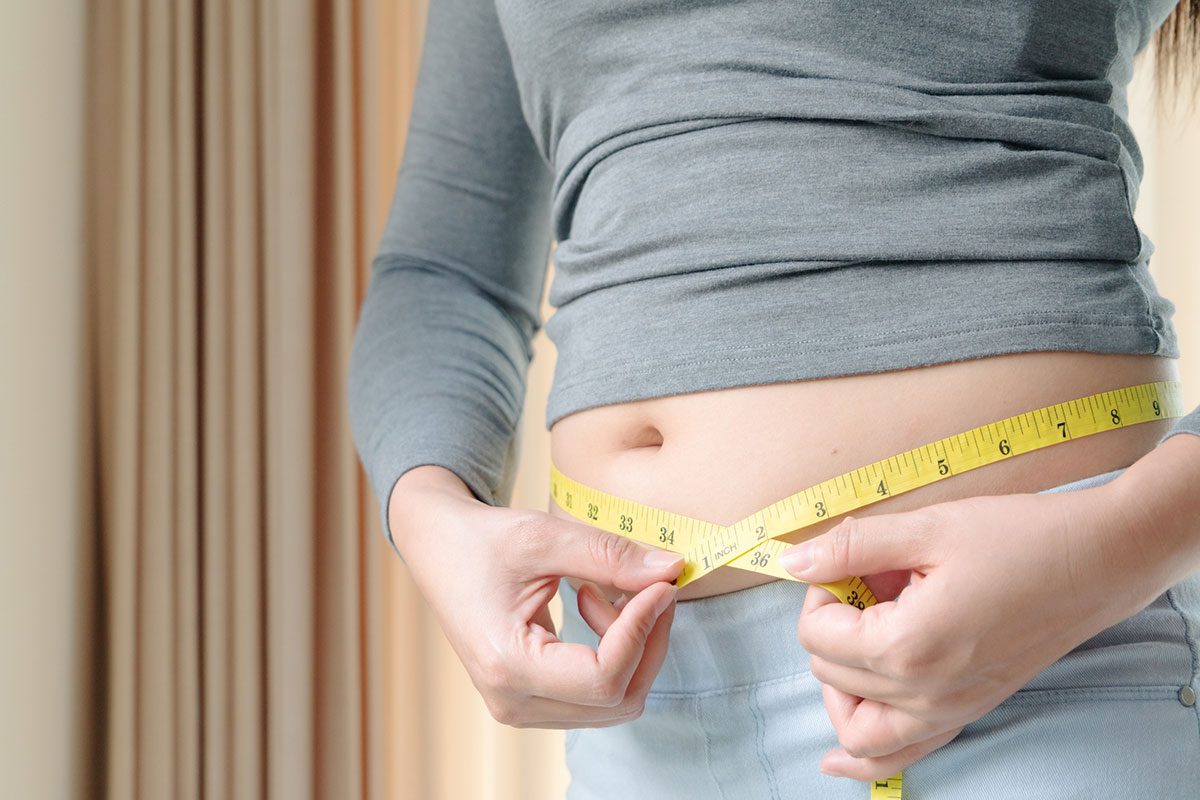Also known as diastasis recti or a or postpartum pooch, mommy tummy can make it look like you’re still pregnant long after your baby has been delivered. While this condition affects up to two-thirds of pregnant women, mommy belly is not widely discussed by the medical community.
What is Mommy Belly?
Mommy Belly, also known as Diastasis recti, is caused by increased tension on the abdominal wall during pregnancy, which creates a separation to form in between the right and left abdominal wall muscles. This muscle gap can result in a rounded belly bulge that’s anything but flattering. So what’s your risk of developing this condition? Mothers who are petite, are over age 35, have multiple pregnancies or have poor muscle tone have a greater chance of getting mommy tummy.
The good news is that mommy belly may resolve on its own. However, if you don’t want to wait for results, follow the simple steps below to help get your pre-baby body back.
Do’s: How To Get Rid of Mommy Belly
- Relax. Take time to relax to lower your body’s levels of cortisol, a significant trigger for abdominal fat accumulation.
- Walk. Contract your tummy muscles while walking to increase abdominal strength. Be sure to get your doctor’s approval before starting any new postpartum exercise routine.
- Wrap. Use a splint or a wrap to physically support and strengthen your abdominal muscles. This is especially important if you increase your walking pace to a light jog.
- Sit or stand tall. Practice good posture by tucking your tummy muscles in and encouraging your muscle gap to close.
Other options: Some women have benefited from physical therapy to help fix mommy tummy. While tummy tuck surgery may also be an option, view this as a last resort that should only be considered if you’re not planning on having additional children.
Don’t: How Not To Get Rid of Mommy Belly
- Crunch. This classic abdominal exercise may actually cause your tummy muscles to pull apart even further.
- Strain. While yoga and Pilates are known to have numerous health benefits, many of these exercise positions put added strain on stomach muscles affected by diastasis recti.
- Lift. Don’t lift or carry excessively heavy objects that will aggravate your muscle gap.
- Push. While nursing, you may subconsciously push your stomach out to help support your baby. Instead, use a nursing pillow to safeguard your healing tummy muscles.
Read more:
If you would like to meet with a knowledgeable doctor, consider contacting Women’s Health Arizona. As Arizona’s largest ObGyn group, we’re trained and solely dedicated to delivering the best ObGyn experience in convenient and comfortable settings around Phoenix.

